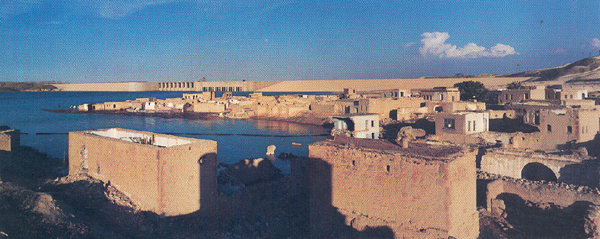Power or Preservation: The Turkish Dilemma
Sidebar to: After the Flood!
The area between the Tigris and Euphrates rivers, where Zeugma lies, is one of the most economically underdeveloped regions in all of southwestern Asia. Known as the Fertile Crescent, the area today actually suffers from low levels of annual rainfall, spotty irrigation and regular cycles of drought.
In the 1970s, the Turkish government announced the Southeast Anatolia Economic Development Project (or GAP as it is known to Turkish officials), which was intended to stimulate the region’s flagging economy. A $32 billion public works program involving the construction of more than 20 dams, 19 hydroelectric projects and numerous canals and reservoirs along the Tigris and Euphrates rivers, the GAP is expected to irrigate 5 million acres of land and create 3.5 million jobs (in an area with about 10 million residents). Several of the GAP’s hydroelectric dams, including the massive Ataturk Dam and the recently completed Birecik Dam (below) near Zeugma, are already pumping out billions of kilowatts of electricity—a vital contribution to a country that imports millions of dollars worth of power each year.

“The Turks are really trying to accomplish what you Americans did [with the Tennessee Valley Authority] during the Depression,” said Richard Hodges, a British archaeologist who recently began work at Zeugma.
Already a library member? Log in here.
Institution user? Log in with your IP address.

